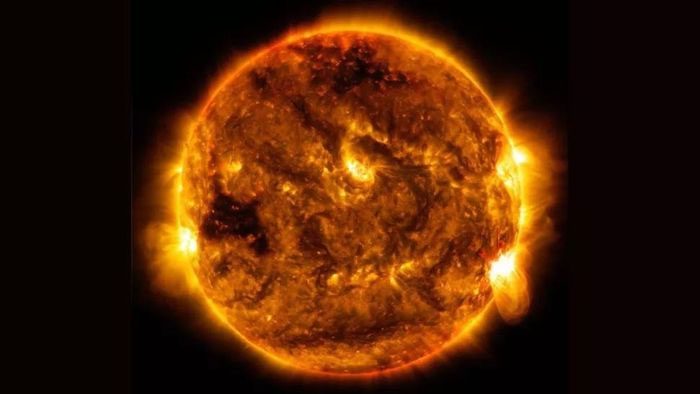The solar research mission was launched just after India’s moon landing. Aditya-L1 Observatory (where ‘Aditya’ means ‘Sun’ in Sanskrit) has reached its launch site on Sriharikota Island, located on the eastern coast of India, and is set to launch on September 2.

A close-up of the fiery Sun in space (Photo: NASA/SDO).
The Indian Space Research Organisation (ISRO), India’s national space agency, announced the planned launch date on Twitter, a few weeks after sharing the first images of the spacecraft on August 13.
While the Sun has been studied for a long time, scientists are still puzzled about why its outer atmosphere, known as the corona, is so hot—about 1 million degrees Celsius hotter than the surface of the Sun.
Researchers know very little about exactly what happens on the Sun before it releases solar flares and massive plasma clouds known as coronal mass ejections (CMEs) into space—sometimes even directing them towards Earth—and how these CMEs accelerate to incredible speeds near the solar disc.
Scientists hope the Aditya-L1 observatory will provide some clues to these decades-long mysteries.
The spacecraft is expected to launch on a four-stage rocket that will place the observatory into a stable orbit around Earth.
Ultimately, the observatory will head towards a parking spot in space about 1.5 million kilometers from Earth, where it will have an unobstructed view of the Sun. This space outpost, known as the Earth-Sun Lagrange Point 1 or L1, is also home to the Solar and Heliospheric Observatory, a NASA and European Space Agency project that has been monitoring solar activity since 1996.
The Aditya-L1 Observatory is valued at nearly 3.8 billion rupees (45 million USD) and has been built over 15 years. It marks India’s second significant launch this year. Previously, the Chandrayaan-3 spacecraft successfully launched from Sriharikota and landed near the Moon’s south pole on August 23, becoming the first spacecraft to land there.





















































